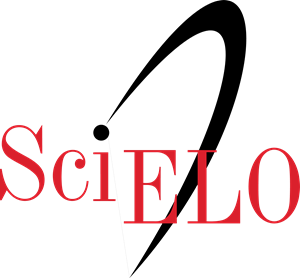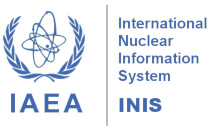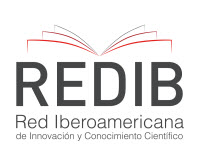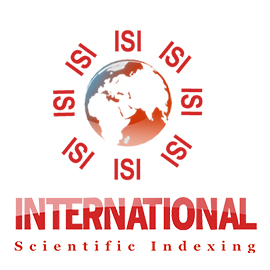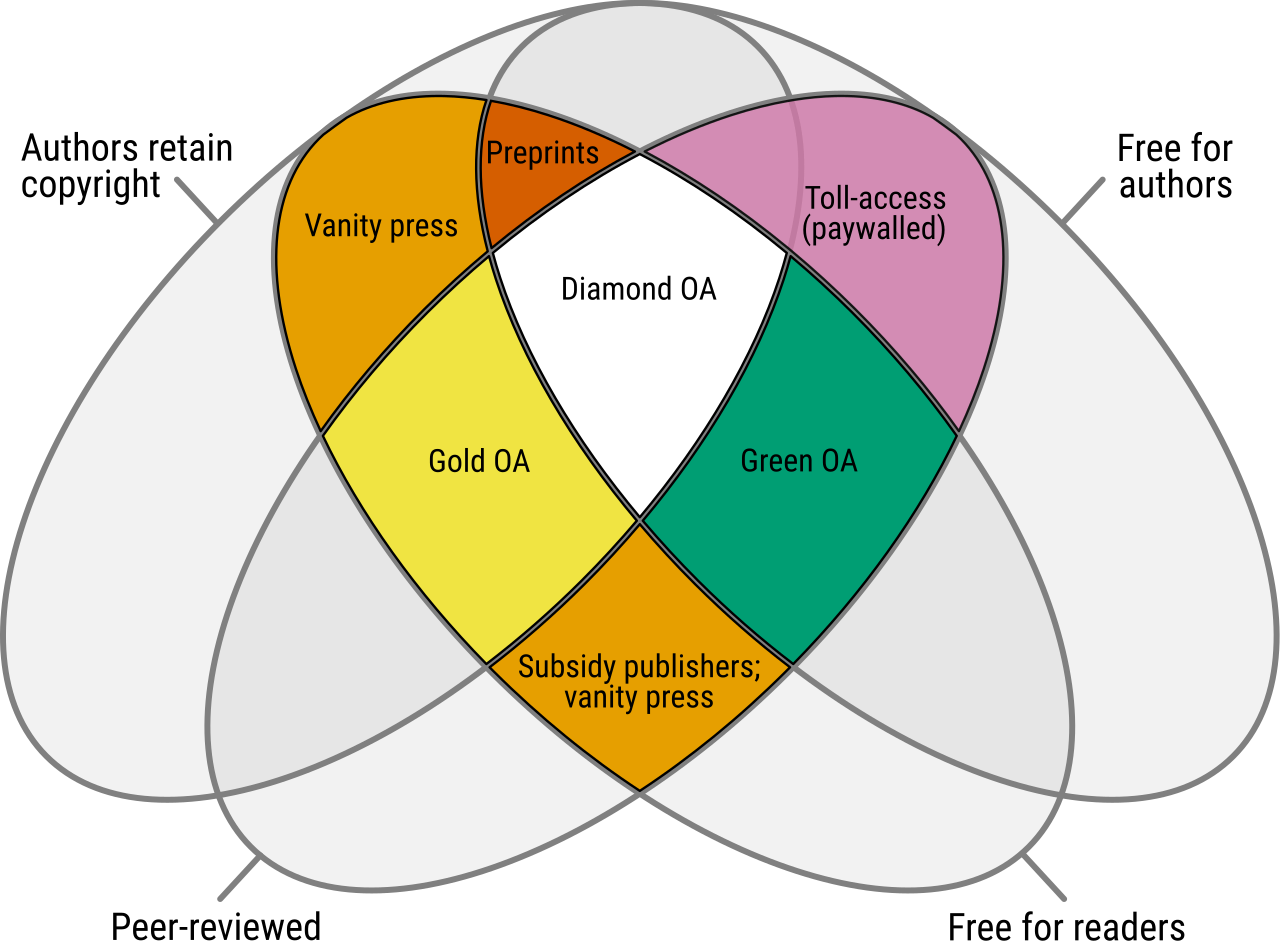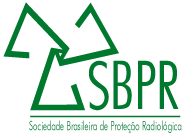New article published in 12(4A) - ENAN / INAC 2024
Gamma Radiation for Preservation: A Novel Approach to Disinfect VHS Tapes in Historical Archives
Abstract: Preserving historical artifacts, such as VHS tapes, in archival collections presents significant challenges, particularly in environments conducive to mold contamination. Inadequate control of temperature and relative humidity can promote mold growth, endangering the structural and informational integrity of these cultural assets. This study explores the application of gamma radiation treatment for the disinfection of mold-contaminated VHS tapes stored in historical archives. Utilizing the Multipurpose Gamma Irradiation Facility at the Institute of Energy and Nuclear Research (IPEN) in São Paulo, Brazil, we investigated the efficacy of gamma radiation in eradicating mold while preserving the tapes' mechanical properties and visual appearance. Despite the long-standing use of gamma ionization for decontamination since the 1960s, this research is novel in its focus on VHS tape preservation. Tensile tests and visual inspections were conducted on control, biodeteriorated, and gamma-irradiated samples. Results showed that gamma irradiation significantly improved tensile strength and strain in mold-contaminated tapes, with no observable changes in their visual appearance. This study contributes to the development of innovative preservation techniques, addressing the unique challenges posed by environmental factors in the storage of historical materials and underscoring the potential of gamma radiation as a dual-function method for disinfection and mechanical reinforcement. Read full article.
Evaluation of the combination of Linear Alkylbezene Sulfonate (LAS) with emerging pollutants: an approach to aquatic ecotoxicity and Electron Beam treatment
Abstract: The presence of surfactants and other emerging pollutants in water bodies has become a major environmental concern in several places around the world, since these pollutants cause adverse problems in aquatic ecosystems and compromise public health, regarding the supply of good quality water. These pollutants often originate from various sources, including industrial activities, pharmaceuticals, and personal care products. A critical aspect of this issue is that many of these pollutants and their mixtures are difficult to degrade in biological treatment processes, requiring auxiliary treatments. Electron beam technology has been applied in various environmental matrices to degrade these pollutants, helping not only to increase degradability, as also to reduce the toxicity of these compounds. The present work aimed to evaluate LAS surfactant single and combined effects with emerging pollutants (caffeine and ciprofloxacin antibiotic) to aquatic organism Daphnia similis. It was also evaluated the electron beam (EB) treatment for reducing toxicity of single compounds. The organisms were exposed to samples (non-irradiated and irradiated LAS and mixtures) for 48 hours and the observed effect was immobility. The toxicity was evaluated through EC50 (median effective concentration) calculations. The EC50 values showed a high toxicity level for surfactant LAS with EC50s below 9%. Caffeine and Ciprofloxacin EC50 data were higher than 20%. EC50% values of the mixtures were close to the values of the isolated compounds. After the EB treatment (5 kGy) about 70% acute toxicity reduction was obtained for LAS surfactant. The combined presence of surfactants and emerging pollutants in aquatic matrices requires a comprehensive approach to monitoring and mitigating their impacts to protect aquatic ecosystems and human health. Read full article.

